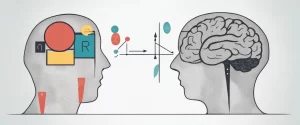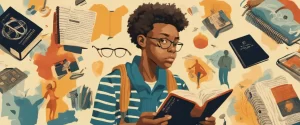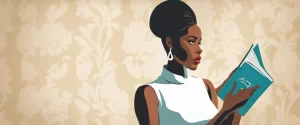——Drawing on the Right Side of the Brain by Betty Edwards & The Artists Way by Julia Cameron
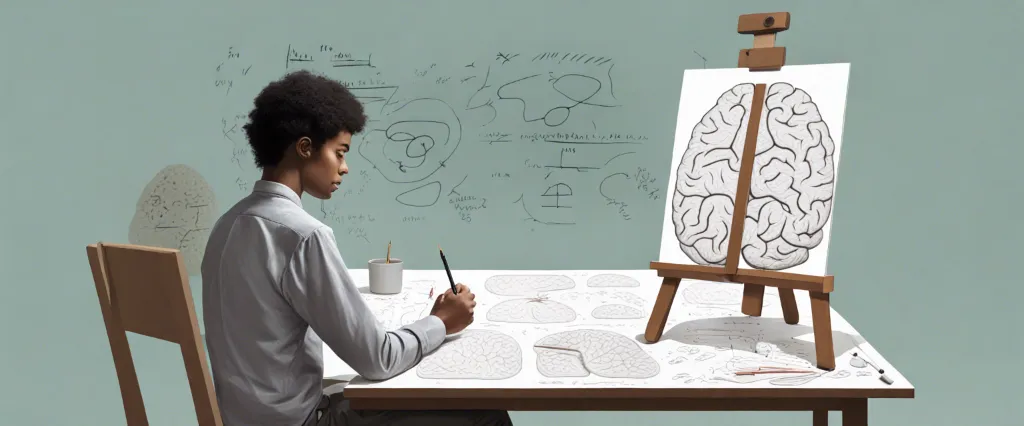
In the vast world of creative pursuits, the realm of visual arts holds a special place. For many aspiring artists, the path to artistic mastery is not only about acquiring technical skills but also about unleashing their creative potential. Two books, “Drawing on the Right Side of the Brain” by Betty Edwards and “The Artists Way” by Julia Cameron, stand prominently as essential companions on this transformative journey. While both texts offer guidance and inspiration for artists, they diverge in their approach and focus, ultimately providing unique methods for unlocking the creative power within each individual.
“Drawing on the Right Side of the Brain” by Betty Edwards, a renowned art teacher and psychologist, delves deep into the cognitive aspects of artistic expression. Edwards argues that by suppressing our left brain’s dominant control, we can tap into the untapped potential of our right brain—our innate artistic ability. Her book, rooted in scientific research and observation, offers practical techniques to awaken and enhance our right brain’s visual perception capabilities, ultimately leading to improved drawing skills. Edwards’ text equips readers with exercises that encourage them to see, not merely look, through the eyes of an artist.
On the other hand, “The Artists Way” by Julia Cameron embraces a more holistic approach to creativity. Cameron, an esteemed artist and writer, explores the notions of spirituality and self-discovery as indispensable elements in nurturing artistic expression. She proposes that, just as an artist sets aside regular time for artistic work, individuals must create a space for their own creative growth. Through various tools, such as journaling, daily activities, and weekly artist dates, Cameron guides readers on a transformative journey of self-exploration and self-discovery. By shedding self-doubt and uncovering buried creativity, Cameron urges artists to release their inherent artistic talent and regain their artistic passions.
While Edwards’ “Drawing on the Right Side of the Brain” emphasizes the development of perceptual skills and technical artistry, Cameron’s “The Artists Way” focuses on personal and spiritual growth as a means to unearth artistic potential. Both books address the complexities and struggles faced by artists, but they approach these challenges from distinct angles. Through this comparative study, we will delve deeper into the methods presented in each text, as well as their effectiveness in helping individuals unleash their creative potential, understand the nuances, and navigate the two distinct yet interconnected paths of artistic expression.
Brief Summary of Two Books
Drawing on the Right Side of the Brain by Betty Edwards
“Drawing on the Right Side of the Brain” by Betty Edwards is a book that aims to help individuals enhance their drawing skills by tapping into the creative right side of their brain. Edwards challenges the commonly held belief that artistic ability is reserved for a select few and demonstrates that anyone can learn to draw with practice and the right methods.
The book begins with an explanation of the two hemispheres of the brain and the role each plays in the act of drawing. Edwards argues that the left side, responsible for logical and analytical thinking, often interferes with the creative process of drawing. She introduces exercises and techniques designed to bypass the dominant left hemisphere and engage the often-underutilized right hemisphere for drawing.
Through a series of well-structured chapters, the author provides step-by-step instructions on basic drawing techniques, such as contour drawing, negative space, and perspective. These techniques are accompanied by numerous examples, illustrations, and exercises that gradually build the reader’s skills and confidence.
Edwards emphasizes the importance of careful observation and perception, teaching readers to see as an artist would and capture the world in a more accurate and expressive manner. She also addresses common drawing mistakes and guides readers on how to correct them.
Drawing on the Right Side of the Brain also highlights the impact of psychological barriers, self-doubt, and negative beliefs on creativity and artistic expression. Edwards encourages readers to overcome these obstacles and reveals how drawing can be a meditative and therapeutic practice, fostering personal growth and self-discovery.
Overall, this book is not only a useful guide for aspiring artists but also a comprehensive exploration of the cognitive and emotional aspects of creativity. By providing practical exercises and insights into the artistic process, “Drawing on the Right Side of the Brain” enables readers to develop their drawing skills and discover their untapped creative potential.
The Artists Way by Julia Cameron
“The Artists Way” by Julia Cameron is a self-help book designed to help individuals unleash their creative potential and overcome creative blocks. It aims to guide readers through a twelve-week program, encouraging them to reconnect with their artistic instincts, tap into their creativity, and live a more fulfilling and expressive life.
Cameron explores the concept of “creative recovery” and presents various tools and techniques to assist individuals in identifying, acknowledging, and overcoming their inner fears and self-doubts that hinder their creative expression. She emphasizes the importance of maintaining a consistent creative practice, which she calls “morning pages” – a daily stream-of-consciousness writing exercise, and “artist dates” – solo excursions to nourish creativity.
Throughout the book, the author addresses common creative challenges such as self-criticism, perfectionism, and external pressures that stifle artistic growth. Cameron also suggests practical exercises and strategies to reclaim creative power, such as establishing boundaries, nurturing one’s inner child, and dealing with the opinions of others.
“The Artists Way” is not just for professional artists but is aimed at anyone who wants to explore and embrace their creativity in various aspects of life. By following the principles shared in the book, readers can potentially break free from creative blocks, gain clarity about their passions, and develop a more enriching and authentic creative lifestyle.
Comparison between Two Books
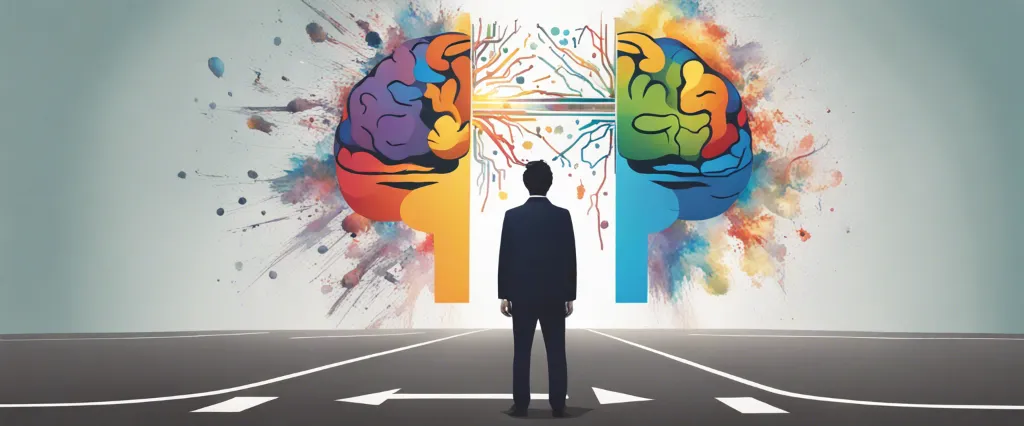
Similarities in Creativity
Both “Drawing on the Right Side of the Brain” by Betty Edwards and “The Artist’s Way” by Julia Cameron focus on the topic of creativity, albeit from different angles. Despite their differences, these books share some similarities in their approach to unleashing creativity.
1. Unlocking creative blocks: Both books recognize that everyone has the potential to be creative, but sometimes face blocks that hinder their artistic expression. Edwards and Cameron both provide techniques and exercises to overcome these barriers, whether they are mental, emotional, or psychological.
2. The importance of self-reflection: “Drawing on the Right Side of the Brain” and “The Artist’s Way” both emphasize the significance of self-reflection and introspection for stimulating creative growth. Edwards encourages readers to become aware of their mental processes and learn to perceive the world differently, while Cameron encourages regular journaling and introspection as a means to tap into one’s inner artist.
3. The role of practice: Both books stress the importance of practice in honing artistic skills. Edwards explains that through deliberate practice, anyone can improve their drawing abilities, while Cameron promotes the concept of “morning pages” in which individuals write every morning as a form of creative practice.
4. Developing a creative mindset: Both books emphasize the need to cultivate a positive and open mindset to foster creativity. Edwards highlights the benefits of tapping into the right hemisphere of the brain, which is associated with creativity, while Cameron emphasizes the importance of nurturing a sense of playfulness, curiosity, and openness to new experiences.
5. Overcoming self-doubt and fear: Edwards and Cameron address the common struggles of self-doubt and fear that artists often face. Both books provide strategies to confront and overcome these internal obstacles, such as reframing negative self-talk and embracing creativity as a journey rather than a destination.
6. Engaging in creative exercises: Both authors incorporate various exercises and activities to enhance creativity. Edwards provides specific drawing exercises that encourage readers to observe and perceive the world in a different way, while Cameron suggests tasks like artist dates and creative field trips to broaden one’s artistic perspective.
In summary, “Drawing on the Right Side of the Brain” and “The Artist’s Way” share several similarities in their approach to fostering creativity. Both books explore ways to unlock creative potential, promote self-reflection and practice, advocate for a positive mindset, address self-doubt, and offer practical exercises to engage in artistic exploration.
Divergences in Creativity
Drawing on the Right Side of the Brain by Betty Edwards and The Artist’s Way by Julia Cameron are both highly influential books that aim to foster creativity and tap into one’s artistic potential. However, they take different approaches and have distinct divergences on the topic of creativity.
1. Theoretical vs. Practical Approach:
– Drawing on the Right Side of the Brain emphasizes the importance of understanding the cognitive processes involved in drawing. It provides a comprehensive theoretical framework to help readers understand the underlying principles of perception and the visual arts. Edwards explores how the brain works when it comes to artistic skills, providing exercises and practical examples to improve drawing abilities.
– On the other hand, The Artist’s Way focuses more on the practical aspects of unlocking creativity. It focuses on self-discovery, personal growth, and spiritual reconnection as the means to enhance one’s creative abilities. Cameron’s book offers a 12-week program that includes various exercises, writing prompts, and other activities designed to inspire and unblock creativity.
2. Artistic Skill vs. Creative Expression:
– Edwards’ Drawing on the Right Side of the Brain primarily aims to help readers develop their drawing skills. Throughout the book, Edwards focuses on teaching realistic drawing techniques and improving hand-eye coordination. The focus is more on technical competence and precision.
– Julia Cameron’s The Artist’s Way, however, emphasizes the importance of creative expression and self-discovery. Cameron urges readers to embrace their inner artist and explore various forms of creative expression, not limited to drawing. The focus is on nurturing creativity as a way of life rather than acquiring specific artistic skills.
3. Psychology of Creativity:
– Betty Edwards delves deep into the neurological and psychological aspects of creativity. Drawing on the Right Side of the Brain explores how our brain’s perceptual shortcuts and cultural conditioning can hinder artistic skills. This book helps readers overcome these obstacles and tap into the right hemisphere to enhance creativity.
– On the other hand, Julia Cameron’s The Artist’s Way takes a more introspective approach. It focuses on addressing emotional healing, self-doubt, and creative blocks that may impede one’s artistic expression. It encourages readers to explore their own thoughts, beliefs, and behaviors to unblock their creative potential.
Overall, while both books aim to enhance creativity, they approach the subject from different angles. Drawing on the Right Side of the Brain places a strong emphasis on technical drawing skills and the cognitive aspects of perception, while The Artist’s Way focuses on nurturing creativity as a holistic and spiritual process.
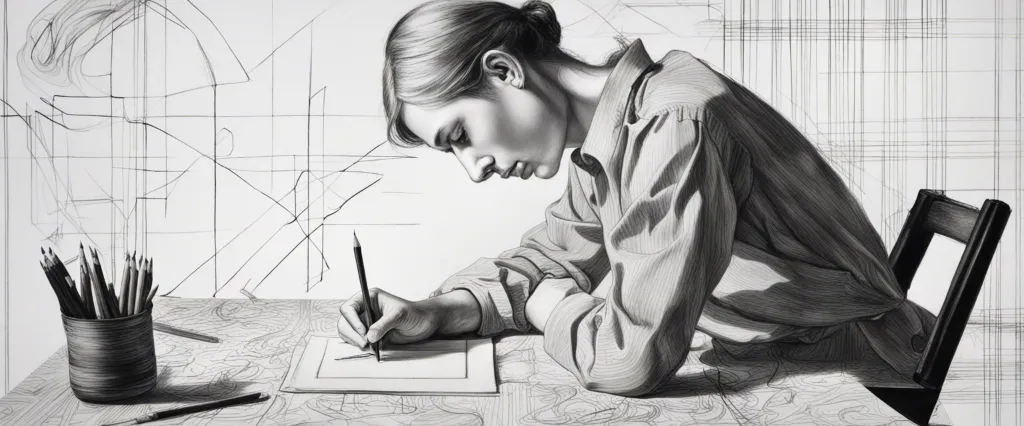
Conclusion
Both Drawing on the Right Side of the Brain by Betty Edwards and The Artist’s Way by Julia Cameron are highly regarded and have been influential in the art community. However, the worthiness of reading either book depends on what you are specifically looking to gain from it.
Drawing on the Right Side of the Brain is focused on improving drawing skills and tapping into the creative right side of the brain. It provides practical exercises and techniques to help individuals see and draw with accuracy. If you are looking for a book specifically aimed at improving your drawing abilities, this would be a worthy read.
On the other hand, The Artist’s Way by Julia Cameron is more focused on nurturing creativity and overcoming creative blocks. It offers a 12-week program that combines writing exercises, personal reflections, and other activities to rediscover and nurture your creative self. If you are more interested in exploring your overall creativity and unblocking artistic hurdles, this book may be more worthwhile for you.
Ultimately, the choice between these two books depends on your specific goals and interests. If you are primarily interested in improving your drawing skills, go for Drawing on the Right Side of the Brain. If you are seeking a broader approach to unblocking creativity, The Artist’s Way may be the more worthy read.
